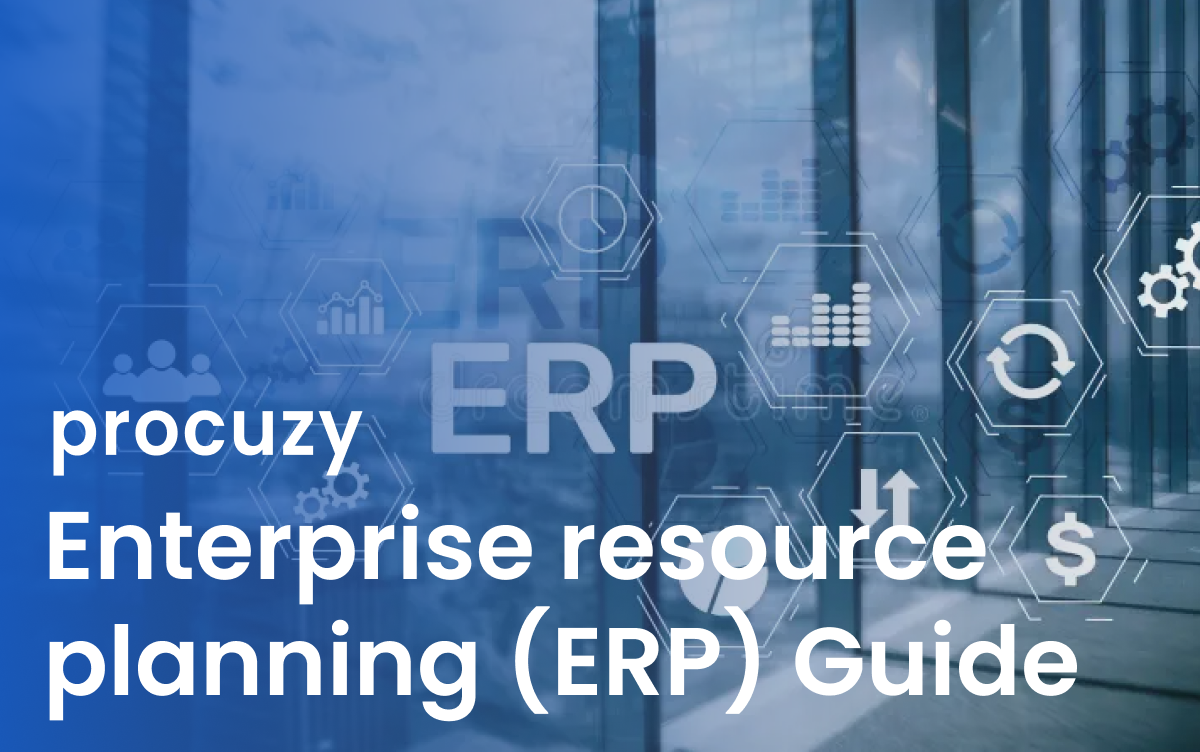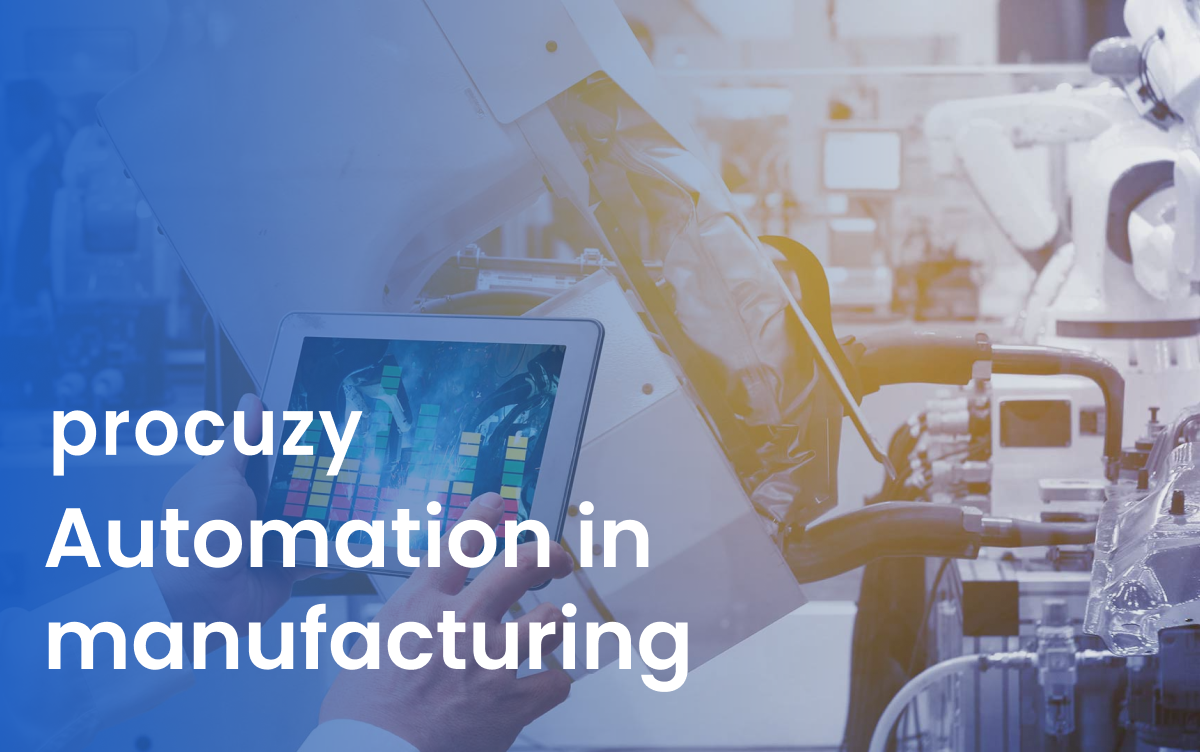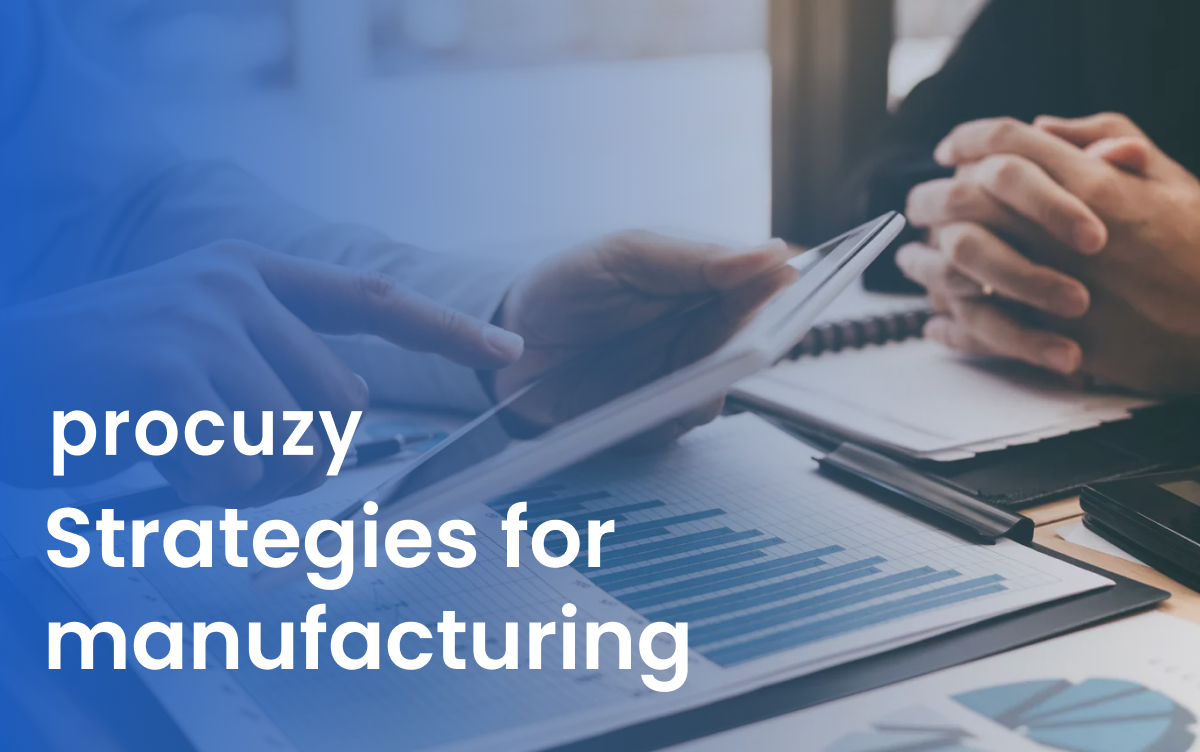
Enterprise resource planning (ERP) is a business software that companies use to manage their processes. In the article below, you'll find all about what ERP is, how it works and what are the benefits and challenges associated with Enterprise resource planning (ERP).
Introduction
As businesses and companies start growing, they start advancing as well. Initially, businesses faced a multitude of problems in managing their activities properly and efficiently, optimising resources, and finding ways to stay ahead in the competition. As businesses begin to grow, so do the complications of their processes, making it difficult to maintain smooth operation, efficient management and flawless communication among different departments involved in the working. At this point of time, usage of spreadsheets to combat management problems seems outdated. It started proving to be inadequate and could not keep up with the demands of the growing businesses.
Here's where ERP comes into picture. ERP, or Enterprise Resource Planning, acts as a shield from all such problems a business faces. ERP systems gather all the important information related to the business, and organise them systematically to help smooth and efficient working in the organisation. Lets understand more about Enterprise Resource Planning systems.
What is Enterprise Resource Planning (ERP)
ERP, or Enterprise Resource Planning is a software that businesses and organisations use. This software processes, organises and offers understanding. It works on a central database that gathers data from all the departments engaged in the business, for instance, accounting, manufacturing, supply chain management, sales, marketing and human resources.
In a business, there are many departments engaged, like some of them mentioned above. All these departments work together to run the enterprise. However, each department may have its own system of keeping track of information. For instance, the sales and accounting teams may have separate excel sheets to log information. Due to this, vital information keeps dispersing around. So, businesses started using ERP systems to centralise data, allow efficiency in analysis, allow cost savings, and save time as data will be available to all at one single place.
Key characteristics of Enterprise Resource Planning-
ERP is a vital business software that gathers information from different departments in a centralised database, enabling the owners to keep a control over the company by monitoring.
ERP can help save costs and thereby increase financial savings by providing that spots any liabilities in the working unit and brings that forward. This, in turn, helps to remove or replace any inefficient entity in the business.
The ERP system brings the work of all the departments, namely accounting, manufacturing, supply chain management, sales, marketing and human resources under one roof. Also, ERP allows comprehensive and detailed analysis of each department.
Types of business functions that ERP system focuses on
Project management — Tracking and reporting the progress in the working unit, allocation of raw materials and inventory, and management of activities.
Manufacturing — Looking ar production planning, production scheduling, controlling quality, and monitoring shop floor operations
Supply chain management — Keeping a track of the inventory, procurement, processing the order, and monitoring transportation and logistics
Customer relationship management (CRM) — Managing the data if the customers, looking into sales, marketing tactics for the business, and customer help desk
Finance — Maintaining financial transactions and bills, accounting, budgeting, and reporting the financial aspect of the business.
Human resources (HR) — Handling all the information of the employee, ranging from the payroll, benefits they can avail as a part of the business, and performance evaluations.
Ecommerce: An ecommerce module mandates merchants and brands to conduct their online stores' through ERP system. With this application, they can customise the website's look as per their needs and update product pages from time to time.
Procurement: The procurement module controls the purchasing and transportation of the raw materials to the warehouse or the finished goods to the customers. It can automate requests and purchase orders and reduce the fear of overstocking or understocking.
Warehouse Management: ERP directs activities like receiving the goods or inventory, picking from the location, packing it and making it ready for transportation and shipping the finished goods to the customer's location. Ultimately, ERP systems help save time and cost in the warehouse by offering more efficient and effective ways to execute these activities
Workforce Management: Keeping track of attendance of the employees and their hours. Sometimes, even the payroll of the employees can be managed by the Enterprise Resource Planning (ERP) systems. This tool can further record if any employee is absent. The productivity by department, team, and individual employees is also analysed and reported by the ERP software.
Order Management: The ERP software monitors and determines customer orders on the basis of priorities from all channels as they are received, and tracks the delivery movement. Enterprise Resource Planning (ERP) is equipped to increase the speed up completing and delivering the order and improving customer experience.
Types of ERP
Essentially, there are 3 types of Enterprise Resource Planning (ERP) systems.
Cloud based ERP system- Cloud based Enterprise Resource Planning (ERP) system is also known as software-as-a-service (SaaS) ERP. It can be accessed on the Internet through the vendor's cloud servers. It can also be accessible through any web browser. This way is easier and accessible anywhere anytime.
Cloud based ERP systems are low maintenance, thereby eliminating the need for physical hardware and IT maintenance, making it a budget friendly solution for many businesses. To add to that, it must be needed to understand that cloud-based ERP systems keep receiving regular updates and backups from the vendor.
On-Premise ERP system- On-Premise ERP is a conventional ERP software used since times immemorial. The company's server and infrastructure hosts the On-premise ERP. The whole management of the on premise ERP system, ranging from the hardware, software and others is managed by the company itself. The maintenance costs of this type of ERP system is high, and requires expertise from time to time. Although, it offers better control and customisation.
Hybrid ERP system- Hybrid Enterprise Resource Planning (ERP) takes the elements of both on-premises and cloud-based systems, and combines them together. In hybrid ERP systems, some vital functions or sensitive data is kept on-premises because of security reasons, while other less critical aspects are headed in the cloud. Hybrid ERP permits organisations to benefit from cloud flexibility, and at the same time, helps monitor over sensitive data.
ERP systems based on size of business
Enterprise ERP- Enterprise ERP systems are specially designed to fulfil the complex requirements of huge businesses that are bifurcated into a number of departments, divisions, and global operations. ERP systems for such enterprises provide multifunctionalities, a large number of customization options, and a way to incorporate the needs of several. Enterprise ERP systems are built for big analyses, and collaboration with related third-party applications.
Small Business ERP- Small business ERP systems are planned out particularly for startups and small-scale companies. The ERP systems provide necessary functions such as accounting, inventory management, cost management, warehouse management, monitoring and reporting. ERP systems are easy to implement, user-friendly, and cost-effective. Small business ERP systems gather all the important information related to the business, and organise them systematically to help smooth and efficient working in the organisation.
Mid-market ERP- As the name suggests, mid-market ERP systems are designed specifically for middle-sized companies. These are the companies whose softwares have become outdated. The ERP system offers detailed features, along with human resources management, (CRM), and supply chain management. Mid-market ERP systems help companies gathers information from different departments in a centralised database, enabling the owners to keep a control over the company by monitoring, thereby increasing the work efficiency.
Advantages of ERP
Centralised data- ERP systems centralise data obtained from different departments like accounting, manufacturing, supply chain management, sales, marketing and human resources. It provides access to vital information at one place avoiding the scattering of important data all over. Thus, ERP systems offer enhanced decision-making.
Enhanced Communication- Since ERP brings information from all departments under one umbrella, it leads to improved communication amongst the workforce of an organisation.
Save Costs- ERP is a multifunctional system, eliminating the need for manual labour, paper documents etc thus leading to reduced expenditure.
Customer Satisfaction- ERP systems provide ways to improve customer service and support. ERP directs activities like receiving the goods or inventory, picking from the location, packing it and making it ready for transportation and shipping the finished goods to the customer's location, thereby leading to enhanced customer satisfaction.
Enhance your business with Procuzy ERP
Procuzy's ERP system proves to be an attractive solution for businesses who want to expand and move on the path of success. Procuzy's ERP system provides advanced features that would improve the performances and help your business grow. So, if you are a business owner and thinking how to get an edge in the competitive market today, the answer is right here!
FaQs
Q) What is the full form of ERP?
ERP stands for Enterprise Resource Planning
Q) What does ERP mean?
Enterprise Resource Planning is a software that businesses and organisations use. This software processes, organises and offers understanding. It works on a central database that gathers data from all the departments engaged in the business, for instance, accounting, manufacturing, supply chain management, sales, marketing and human resources.


